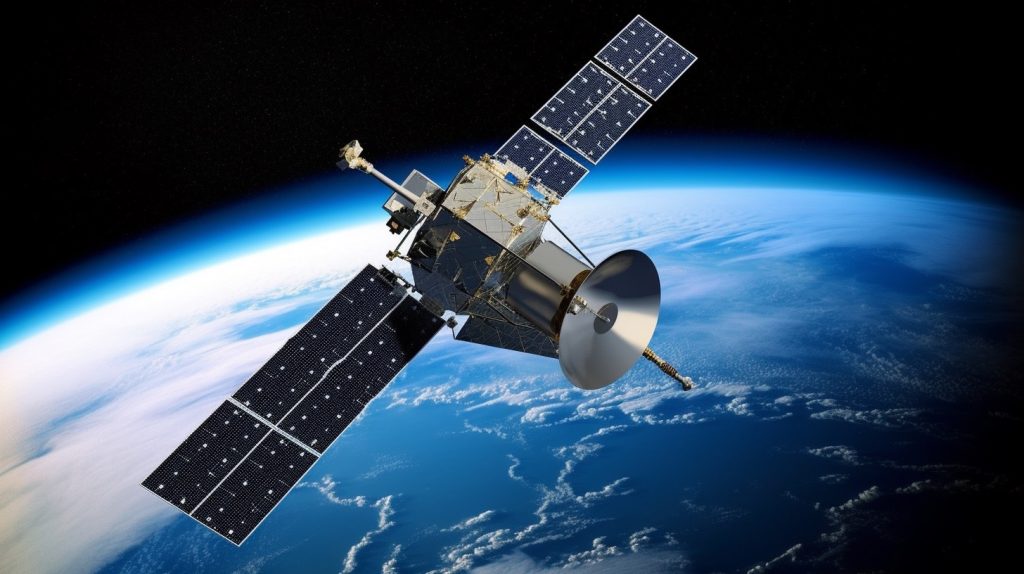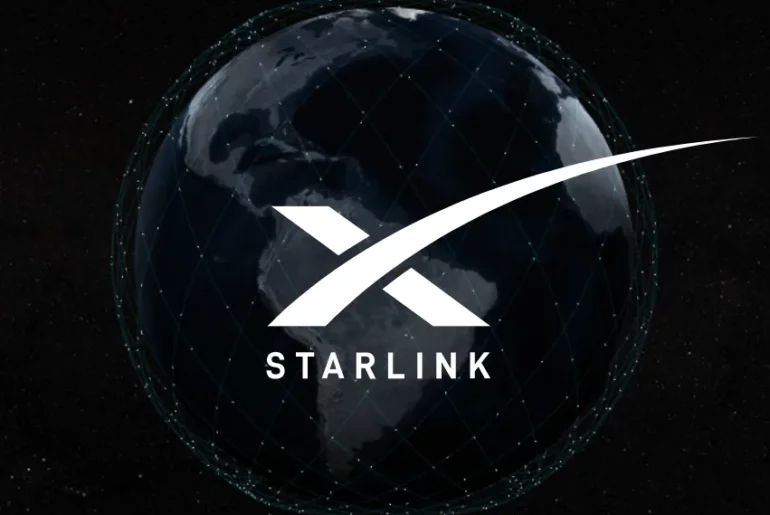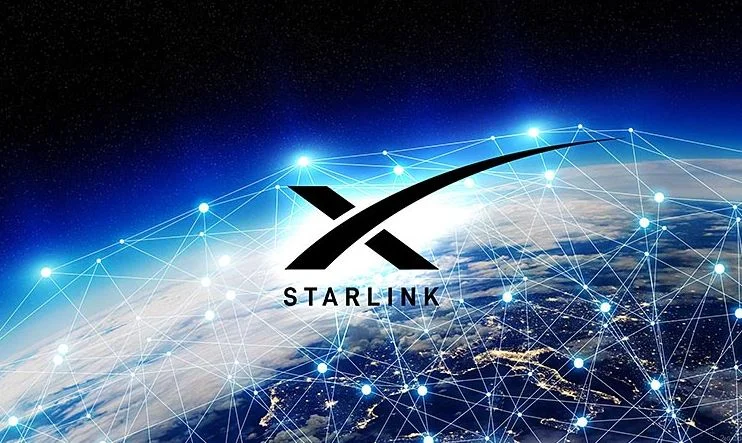Starlink, a satellite internet service provided by SpaceX, has been gaining attention and popularity in recent months. With promises of fast and reliable internet service, the company has been offering its beta program to select areas around the world. As more people are able to try out the service, there has been a growing interest in Starlink’s performance and potential.
Understanding Starlink requires knowledge of its unique approach to internet service. Unlike traditional internet providers that rely on cables and fiber optics, Starlink uses a network of satellites to beam internet directly to its users. This allows the service to reach areas that are otherwise difficult to connect, such as rural communities or regions with limited infrastructure. With a growing number of people working and studying from home, the need for reliable internet has become more important than ever, and Starlink aims to fill that gap.
Hardware and Installation are also important factors to consider when reviewing Starlink. The service requires a small dish and modem to connect to the satellites, which are provided by the company. Installation can be done by the user, but there are also options for professional installation. While the hardware is relatively easy to set up, some users have reported issues with obstructions or interference that can affect the performance of the service.
Key Takeaways
- Starlink is a satellite internet service that uses a network of satellites to provide fast and reliable internet to areas with limited infrastructure.
- Hardware and installation are important factors to consider when reviewing Starlink, as they can affect the performance of the service.
- While Starlink has shown promise, there are still limitations to its coverage and availability, and users should weigh the cost and contract options before signing up.

Understanding Starlink
Starlink is a satellite internet service provided by SpaceX, which aims to provide high-speed internet access to people living in remote areas or regions with poor internet connectivity. The Starlink system consists of a network of satellites in low Earth orbit, a Starlink dish, and a modem.
The Starlink satellites are designed to operate in low Earth orbit, which is approximately 550 km above the Earth’s surface. This is much closer than traditional communication satellites, which operate in geostationary orbit, approximately 36,000 km above the Earth’s surface. Being closer to the Earth means that Starlink satellites can provide faster internet speeds with lower latency.
The Starlink dish is a small, flat, circular antenna that is installed on the roof of a building or in an open space. The dish communicates with the Starlink satellites to provide internet access to the user. The dish is designed to be easy to install and use, and it can be set up by the user without the need for professional installation.
The Starlink service aims to provide high-speed internet access to people living in remote areas or regions with poor internet connectivity. The service is designed to provide broadband internet access, which means that it can provide high-speed internet access to multiple devices at the same time. The service is also designed to be reliable, with a high level of uptime and minimal downtime.
Overall, the Starlink system is an innovative solution to the problem of poor internet connectivity in remote areas. With its network of satellites in low Earth orbit, Starlink is able to provide high-speed internet access to people living in areas that were previously underserved by traditional internet service providers.
Hardware and Installation
The Starlink Dish
The Starlink dish, also known as “Dishy,” is a compact and sleek satellite dish that measures 19 inches in diameter. It is designed to be easy to install and can be mounted on a tripod stand or attached to a wall. The dish requires an unobstructed view of the sky to function optimally, so it is important to find a location that has a clear line of sight to the sky.
The dish is made of high-quality materials and is weather-resistant, which means it can withstand harsh weather conditions. It has a built-in motor that allows it to adjust its position automatically to maintain a stable connection with the Starlink satellite network.
The Router
The Starlink router is a Wi-Fi router and modem that connects to the Starlink dish to provide high-speed internet connectivity. It is a compact and stylish device that is easy to set up and use. The router has a range of up to 2,000 square feet, making it suitable for most homes and small businesses.
The router supports both 2.4 GHz and 5 GHz Wi-Fi bands and can provide internet speeds of up to 100 Mbps. It also has four Ethernet ports for wired connectivity and a USB port for connecting external devices.
Installation Process
The installation process for Starlink is straightforward and can be completed in a few simple steps. The first step is to order the Starlink kit, which includes the dish, router, and all necessary cables and accessories.
Once the kit arrives, the user can begin the installation process by setting up the tripod stand or mounting the dish on a wall. It is important to find a location that has an unobstructed view of the sky to ensure the best possible connection.
After the dish is set up, the user can connect the router to the dish and power it on. The router will automatically detect the Starlink network and connect to it. The user can then connect their devices to the router and start using the internet.
Overall, the hardware and installation process for Starlink are user-friendly and straightforward. The compact and stylish design of the dish and router make them easy to integrate into any home or small business. The automatic positioning of the dish ensures a stable connection, and the high-speed internet connectivity makes Starlink a great option for those in rural or remote areas.
Service and Performance
Starlink has been touted as a game-changer in the world of satellite internet, promising high-speed internet access to remote areas. But how does it perform in reality?
Internet Speed
During the testing period, Starlink has shown impressive download speeds, with users reporting speeds of up to 200 Mbps. However, it’s important to note that these speeds can vary depending on a number of factors, including weather conditions and network congestion.
Latency and Bandwidth
One of the biggest advantages of Starlink is its low latency, which is crucial for activities such as gaming and video conferencing. With latency as low as 20 milliseconds, users can enjoy a seamless online experience. In terms of bandwidth, Starlink offers unlimited data with no data caps or throttling during off-peak hours.
Data Cap and Throttling
While Starlink does not have a data cap, it does reserve the right to throttle speeds during peak hours in order to manage network congestion. However, this is a common practice among internet service providers and is not unique to Starlink.
Overall, Starlink’s service and performance have exceeded expectations, offering high-speed internet access to those who previously had limited options. With low latency and unlimited data, it’s a great option for those who rely on the internet for work, entertainment, and communication.
Coverage and Availability
Geographical Coverage
Starlink, the satellite internet service provider, has rapidly expanded its coverage worldwide since its launch in 2018. With over 1,700 satellites in orbit, Starlink aims to provide internet access to remote areas that have been underserved or completely unserved by traditional internet service providers.
Starlink’s coverage map shows that the service is currently available in many parts of North America and Europe. However, the company plans to expand its global coverage in the coming years. Starlink’s global coverage will be particularly beneficial for rural areas that have limited or no access to broadband internet.
Starlink’s coverage is not limited to rural areas only. The service is also available in urban and suburban areas, providing an alternative to traditional internet service providers.
Weather Impact
One of the concerns with satellite internet is its susceptibility to weather conditions such as snow. Starlink, however, has addressed this concern by designing its satellites to operate in extreme weather conditions. The company claims that its satellites can withstand temperatures ranging from -100 to 200 degrees Celsius.
Although Starlink’s satellites are designed to withstand harsh weather conditions, the service may still be affected by heavy snowfall or other extreme weather events. In such cases, Starlink recommends clearing snow from the satellite dish to ensure uninterrupted service.
In conclusion, Starlink’s coverage is rapidly expanding, and the service is available in many parts of North America and Europe. The company’s focus on providing internet access to remote areas is particularly noteworthy. While weather conditions may impact the service, Starlink’s satellites are designed to operate in extreme weather conditions, making it a reliable option for internet access in rural areas.

Cost and Contract
Pricing and Fees
One of the most attractive aspects of Starlink is its affordable pricing. The initial cost for the equipment, including the dish and router, is $499. The monthly subscription fee is $99. However, there may be additional taxes and fees depending on the location.
Starlink does not charge any installation fees, and the equipment is shipped directly to the customer’s address. The company also offers a 30-day money-back guarantee for those who are not satisfied with the service.
Contracts and Commitments
Starlink does not require any long-term contracts or commitments from its customers. This means that users can cancel their service at any time without incurring any penalties or fees.
In addition, Starlink does not have any data caps or throttling policies, which means that users can use as much data as they want without any restrictions. However, the company does state that it may prioritize certain types of traffic during periods of high network demand.
Overall, Starlink’s pricing and contract policies are competitive and user-friendly. The lack of long-term commitments and data caps make it an attractive option for those who need reliable, high-speed internet without any strings attached.
User Experience
Starlink’s user experience is designed to be simple and straightforward, allowing users to easily set up and use the service. The Starlink app, which is available for both iOS and Android, provides users with a seamless experience, allowing them to manage their account, check their data usage, and troubleshoot any issues that may arise.
The app’s interface is clean and intuitive, with easy-to-understand menus and options. Users can easily navigate through the app to find what they need, and the app provides clear instructions for setting up the Starlink hardware.
In terms of simplicity, Starlink’s user experience is top-notch. The hardware is easy to set up and requires no special technical knowledge. Once the hardware is set up, the app guides users through the process of connecting to the internet, making it easy for even novice users to get online quickly and easily.
Overall, Starlink’s user experience is confident, knowledgeable, and clear. The company has clearly put a lot of effort into making the service as easy to use as possible, and it shows in the quality of the app and hardware. Whether you’re a tech-savvy user or a complete novice, Starlink’s user experience is sure to impress.
Alternatives and Competitors
While Starlink is a leading player in the satellite internet provider market, there are a few alternatives and competitors worth considering.
One of the main competitors of Starlink is Viasat, which is a well-known satellite internet provider in the United States. Viasat offers internet access to both residential and commercial customers, and it has been in the market for more than 30 years. However, one of the main drawbacks of Viasat is its data caps, which limit the amount of data that customers can use each month.
Another player in the market is T-Mobile, which offers internet access through its 5G network. Although T-Mobile’s 5G network is not available in all areas, it offers faster speeds than traditional broadband access. However, one of the main drawbacks of T-Mobile’s internet service is that it is not available in rural areas.
In terms of competition, Starlink faces competition from other satellite internet providers such as HughesNet and Exede. However, Starlink has an advantage over these providers due to its faster speeds and lower latency.
When it comes to internet infrastructure, Starlink has an advantage over its competitors as it has its own satellite constellation. This allows it to provide internet access to areas that are not covered by traditional broadband providers. However, the cost of the Starlink service is higher than that of traditional broadband providers, making it less accessible to lower-income households.
In summary, while Starlink is a leading player in the satellite internet provider market, there are a few alternatives and competitors worth considering. Viasat and T-Mobile offer internet access through different means, while HughesNet and Exede are other satellite internet providers. Starlink has an advantage over its competitors due to its faster speeds and lower latency, but its higher cost may make it less accessible to some households.
Future of Starlink
As Starlink continues to expand its network, the future looks promising for this satellite internet provider. With the goal of providing high-speed internet to even the most remote locations, Starlink has the potential to revolutionize the way we connect to the internet.
One of the key factors that will determine the success of Starlink in the future is its reliability. While the service has shown promising results so far, it will need to continue to improve its uptime and connection speeds in order to compete with traditional internet providers. However, with the engineering expertise of SpaceX behind it, there is reason to believe that Starlink will continue to improve and evolve over time.
Looking ahead, Starlink has plans to launch thousands of additional satellites in the coming years, which will further expand its coverage and capabilities. This will make it possible for more people to access high-speed internet, even in areas where traditional providers have been unable to reach.
Overall, the future of Starlink looks bright. With its innovative technology, commitment to reliability, and ambitious plans for expansion, it is poised to become a major player in the world of satellite internet.
Frequently Asked Questions
Is Starlink worth having?
Starlink is a great option for people who live in rural or remote areas where traditional internet service providers are not available or offer slow and unreliable service. It provides high-speed internet access that is comparable to urban areas. However, it may not be worth it for those who already have access to reliable and fast internet.
What is the downside of Starlink?
One downside of Starlink is that it requires a clear view of the sky, which can be a problem for people who live in areas with a lot of trees or tall buildings. Additionally, the initial cost of the equipment and monthly subscription fee may be expensive for some users.
Is Starlink affected by weather?
Starlink can be affected by severe weather conditions such as heavy rain, snow, or high winds. However, it is designed to automatically adjust its signal strength to maintain a stable connection during inclement weather.
What are the best uses for Starlink?
Starlink is ideal for people who need reliable and high-speed internet access for work, education, or entertainment purposes. It is also suitable for gamers who require low latency and high bandwidth for online gaming.
How does Starlink compare to traditional internet providers?
Starlink offers faster internet speeds and lower latency than traditional internet service providers in rural areas. It also provides a more reliable connection and is not affected by network congestion.
What is the current availability of Starlink in my area?
Starlink is currently available in select areas in the United States and Canada. The availability of the service is expected to expand in the coming years as more satellites are launched into orbit. Users can check the Starlink website to see if the service is available in their area.












Comments are closed.